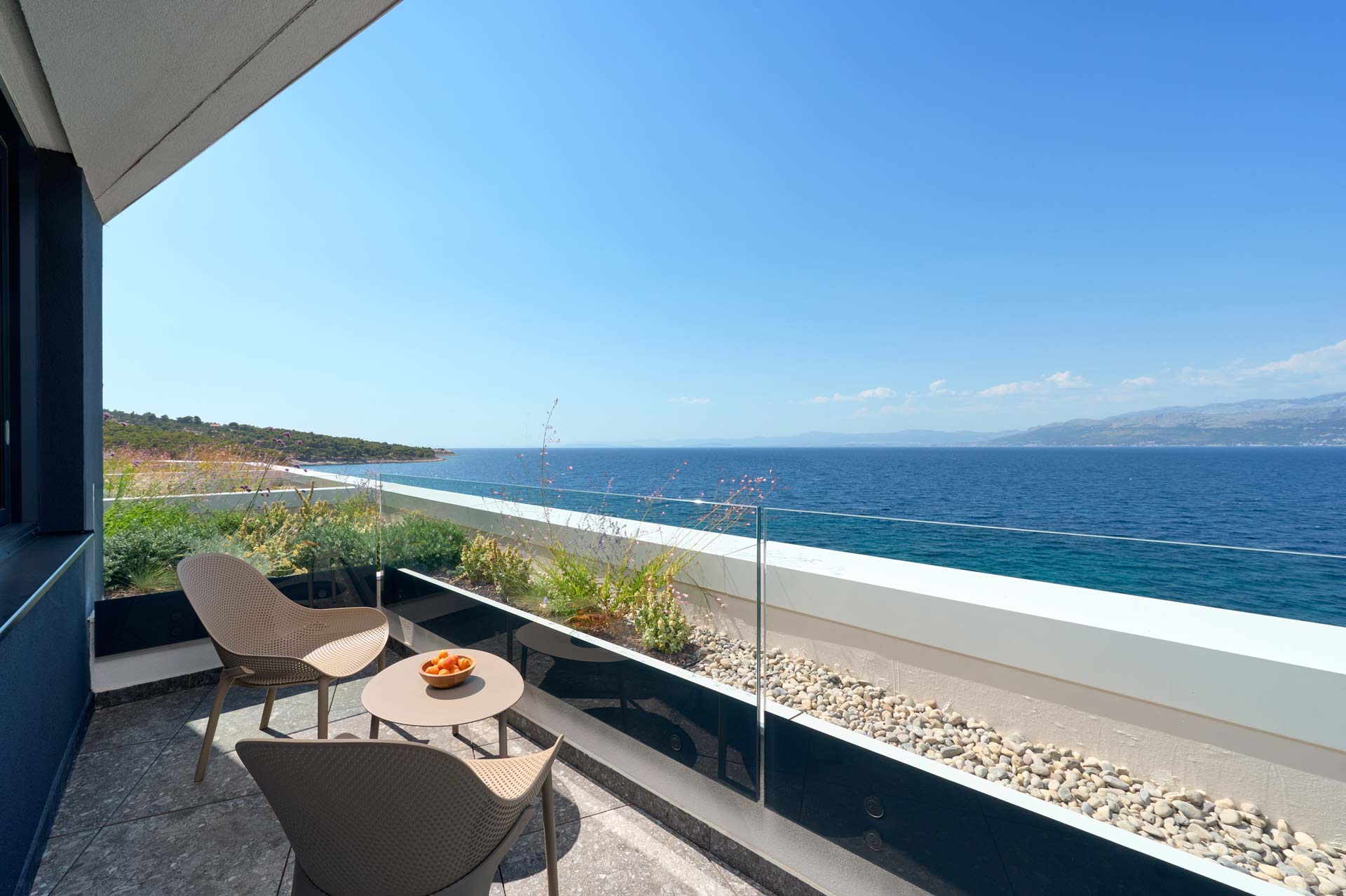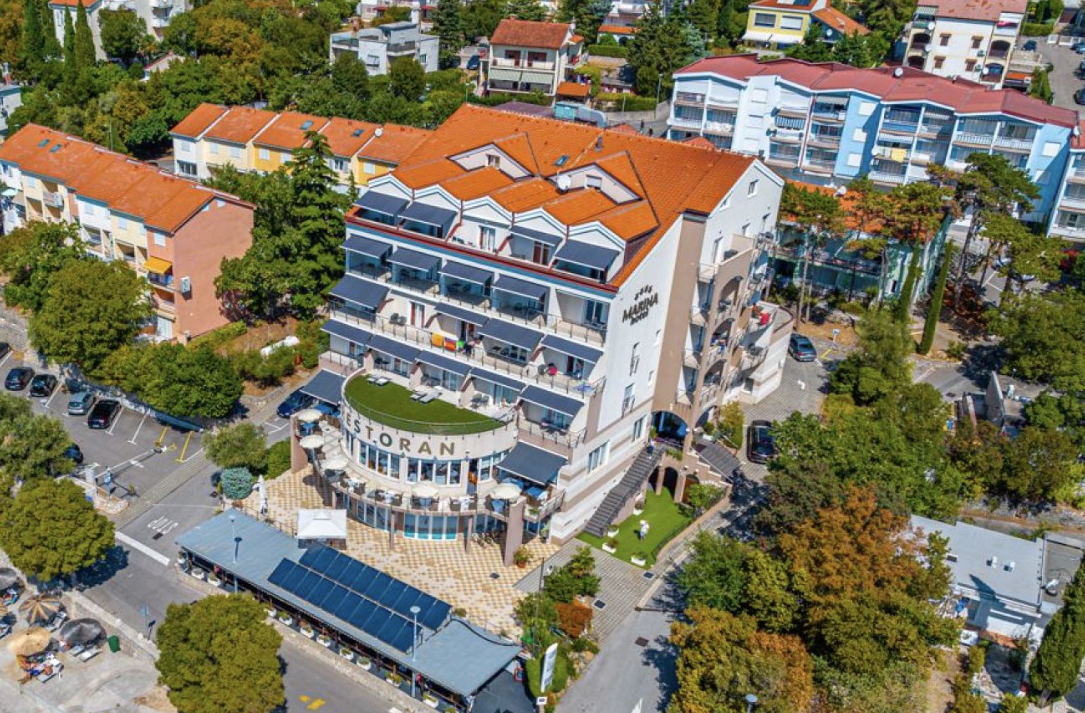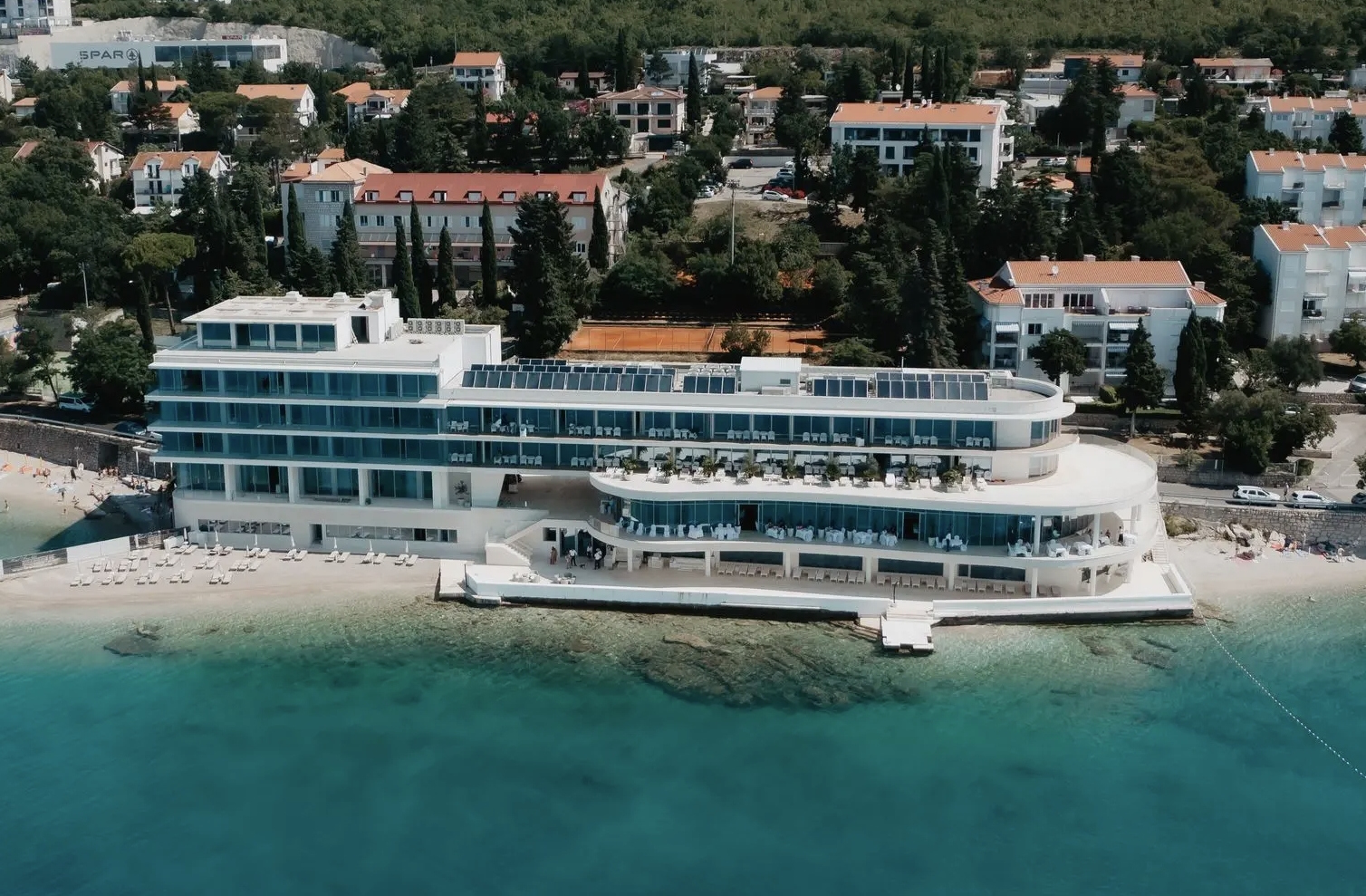Neurorehabilitation
Neurorehabilitation programs are used for rehabilitation of neurological deficits. Neurorehabilitation is very complex and consists of a large number of procedures, and necessarily includes the support of a psychologist and other medical specialists, as indicated.
The first step
Diagnostics /HUBER 360°/examination by a neurologist
The second step
Electrostimulation
The third step
Hypobaric therapy
The fourth step
Kinesiotherapy
The fifth step
Manual techniques and PNF
Neurorehabilitation programs are used in recovery after stroke, craniocerebral injuries, brain and spinal cord surgeries (such as tumor or aneurysm removal), peripheral nerve injuries, spinal cord injuries, and inflammatory and degenerative neurological diseases such as Guillain Barre syndrome, ALS, Parkinson's disease, multiple sclerosis, polyneuropathy, and others.
Prim. Vlasta Brozičević, dr. med. spec. fizikalne medicine i rehabilitacije, reumatologije Članica Uprave
Voditeljica odjela
BOOK AN APPOINTMENTPrim.mr.sc. Ivan Brozičević dr. med. spec. interne medicine i kardiologije Predsjednik Uprave
Voditelj odjela
BOOK AN APPOINTMENTPrim. Vlasta Brozičević, MD., spec. in physical medicine and rehabilitation, rheumatology, Board Member
Head of department
BOOK AN APPOINTMENTPrim. MSc. Ivan Brozičević, MD., spec. in internal medicine and cardiology; President of the Board
Director
BOOK AN APPOINTMENTAt the Rijeka branch, we use the HUBER 360° diagnostic and exercise platform, which allows for precise monitoring of patient progress and provides specific exercises to improve balance, coordination and strength. These advanced methods help patients achieve faster recovery and regain as much functionality as possible, allowing them to achieve a greater degree of independence and quality of life.
Diagnostics /HUBER 360°/examination by a neurologist
Before planning and implementing a rehabilitation program, a specialist neurologist examination and diagnostics involving state-of-the-art technology, HUBER 360°, are necessary. A neurologist examination involves analyzing symptoms and the functionality of the nervous system using specialized diagnostic methods, testing reflex reactions, motor skills, balance and sensitivity. Based on the examination and additional tests, the neurologist makes a diagnosis and assesses the condition of your neurological system. Based on the diagnosis, the neurologist creates a treatment plan.
Electrostimulation
Application of electrostimulation to stimulate neuromuscular activity and reduce muscle spasm. Electrostimulation helps to re-establish the connection between nerves and muscles and contributes to improving the functionality of the affected areas.
Hypobaric therapy
Hypobaric therapy is used to increase circulation and oxygenation in damaged tissues. This therapy contributes to faster recovery and regeneration of nervous tissue, reduces inflammation and speeds up the recovery process.
Kinesiotherapy
Kinesiotherapy is essential for restoring mobility and strength. With the help of a kinesiologist and/or physiotherapist, the patient performs targeted exercises that help restore muscle strength, improve balance and coordination, all of which contribute to increasing independence in daily activities.
Manual techniques and PNF
Manual techniques target specific muscle groups and nerves to promote reduction of spasm and return of functionality. In addition, we use PNF (proprioceptive neuromuscular facilitation) to further stimulate neuromuscular activity and achieve optimal movement coordination. The HUBER 360° platform is used not only for diagnostics but also for active training. This technology enables specific exercises that improve stability, strength and coordination. With the HUBER 360°, patients face challenges in controlled conditions, which helps them to be better prepared for everyday situations. After initial rehabilitation, we provide patients with instructions and exercises that they can use at home to maintain the achieved functional abilities and prevent the problem from recurring. Maintaining the progress achieved is crucial for the long-term success of rehabilitation.
The interdisciplinary approach to neurorehabilitation also includes collaboration with neurologists, psychologists, and other specialists to ensure comprehensive patient recovery. A team of experts works together to plan and implement rehabilitation procedures, which allows for coordinated progress and better outcomes for patients with neurological disabilities.
Motivation and mental support are key aspects of neurorehabilitation. Our team of psychologists provides ongoing support to patients to increase their motivation and self-confidence during the long-term recovery process. Psychological support helps patients cope with emotional challenges and achieve a better overall outcome of therapy.
Programs for long-term maintenance of achieved results also include education of patients and their families.
Accommodation
The accommodation capacities of the city of Crikvenica offer a wide range of options – from private accommodations, luxury villas, hotel stays, to private apartments and camps.
Apartments Terme Selce

Jadran Hotels&Camps ****
Located at the entrance to picturesque Selce, in the very heart of the Crikvenica Riviera, Hotel Katarina is an irresistible destination for all sea lovers and active vacationers.
Learn More
Hotel Marina ****
Hotel Marina Selce was built in 2003 and renovated in 2014. It attracts guests with its decor, location, and attractive sea view.
Learn More
Hotel Amabilis ***
Situated right on the shore of the crystal-clear Adriatic, Hotel Amabilis offers you all the advantages of a luxurious environment.
Learn MoreYour Health, Our Priority
Book an appointment for a professional medical examination and consultation.
BOOK AN APPOINTMENT

